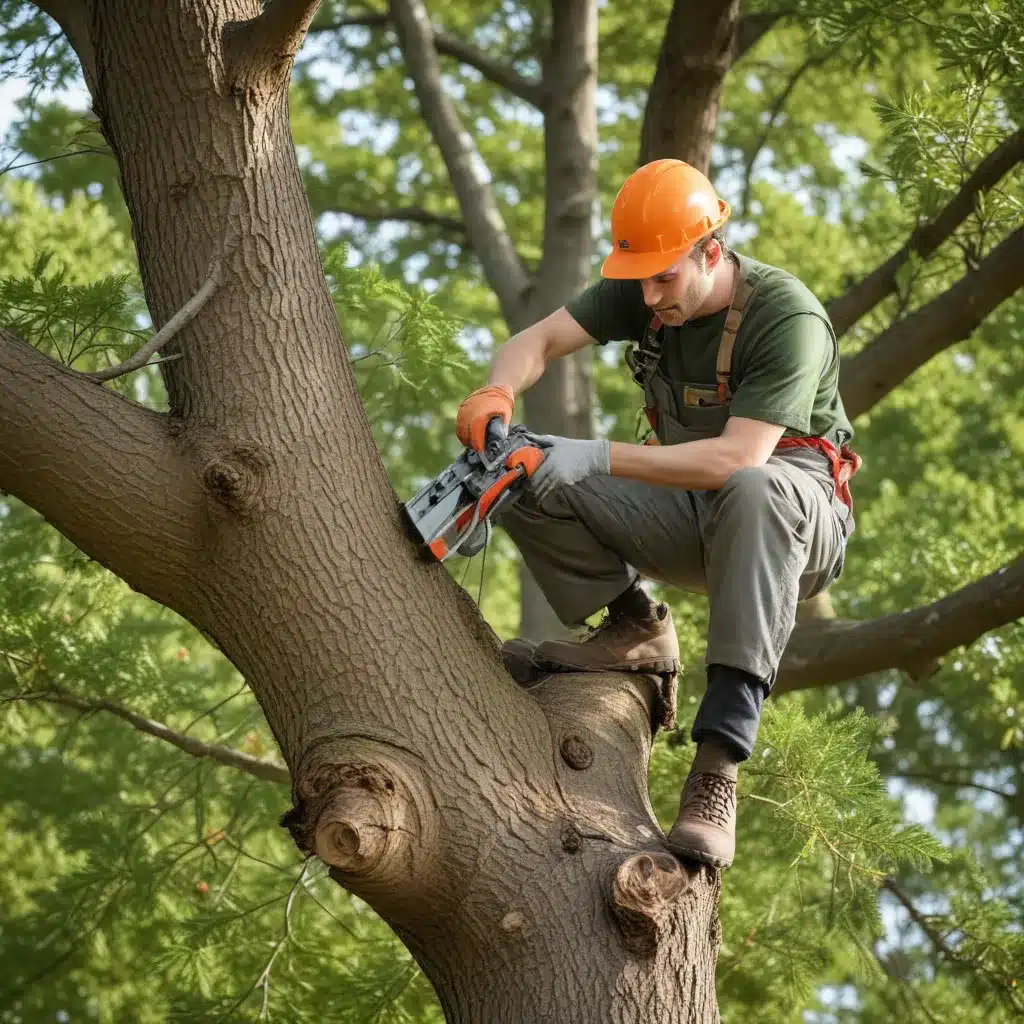
Tree Life Cycle and Growth Patterns
The remarkable phenological cycles of trees are inextricably linked to the rhythms of the seasons. As nature’s dynamic sentinels, they undergo a carefully choreographed dance of dormancy and reactivation, responding to environmental cues that govern their growth and development. Understanding these nuanced processes is the foundation for providing optimal care and unlocking the full potential of your urban forest.
Seasonal Changes and Tree Physiology: Trees transition through distinct phases throughout the year. During the dormant winter months, they enter a state of quiescence, conserving resources and awaiting the resurgence of spring. As temperatures rise and daylight lengthens, the trees’ internal clocks are triggered, initiating a cascade of physiological changes. The rehydration of tissues, mobilization of stored nutrients, and activation of meristematic cells signal the onset of a new growth cycle.
Dormancy and Reactivation Mechanisms: The dormancy of trees is a highly sophisticated adaptation, allowing them to withstand the stresses of winter. This state of suspended animation is regulated by a complex interplay of environmental factors, including photoperiod, temperature, and moisture availability. As the days grow longer and warmer, the trees’ hormonal signals shift, prompting the budburst and unfurling of new foliage. This delicate balance between dormancy and growth is a testament to the trees’ resilience and evolutionary prowess.
Environmental Factors Influencing Growth: The health and vigor of trees are inextricably linked to the conditions of their surrounding environment. Factors such as soil quality, water availability, and sunlight exposure directly impact a tree’s ability to thrive. Monitoring these variables and making adjustments as needed is crucial for maintaining optimal growth and vitality.
Tree Care and Pruning Techniques
Navigating the complexities of seasonal tree maintenance requires a nuanced approach, tailored to the unique needs of each species and its stage of development.
Seasonal Pruning Schedules: The timing of pruning operations is crucial for minimizing stress and promoting healthy regrowth. In general, dormant season pruning (late fall to early spring) is preferred for most deciduous trees, as it allows the tree to focus its energy on healing wounds and establishing a strong foundation for the upcoming growing season. Evergreen species, on the other hand, often benefit from mid-summer pruning, when the risk of disease and pest infestations is lower.
Proper Pruning Methods: Effective pruning techniques go beyond simply removing unwanted branches. The strategic placement of cuts, the angle of the blade, and the preservation of branch collars are all critical factors in promoting rapid healing and minimizing the risk of decay or infection. Adherence to industry-standard practices, such as the 3-cut method for larger branches, ensures the long-term health and structural integrity of the tree.
Maintaining Tree Health: Pruning is just one component of a holistic approach to tree care. Monitoring for signs of pests, diseases, or environmental stress and taking timely corrective actions is essential for sustaining the overall vitality of the tree. Supplemental watering, nutrient replenishment, and mulching can also play a vital role in supporting the tree’s natural defenses and promoting robust growth.
Tree Species and Characteristics
The diverse tapestry of tree species, each with its unique growth habits and maintenance requirements, presents both challenges and opportunities for the dedicated arborist.
Deciduous Tree Varieties: Broad-leaved, deciduous trees, such as maples, oaks, and elms, are renowned for their vibrant seasonal transformations and the intricate dance of their branching patterns. Careful pruning and training during the dormant season can enhance the structural integrity, ramification, and aesthetic appeal of these trees.
Evergreen Tree Varieties: In contrast, evergreen species, including pines, spruces, and firs, maintain their foliage year-round, requiring a different approach to maintenance. Strategies such as decandling and selective thinning of interior growth can promote dense, balanced canopies and encourage the development of robust secondary branching.
Unique Growth Habits: Some tree species, such as the Japanese maple and the weeping varieties, exhibit distinctive growth patterns that demand specialized care. Understanding the nuances of these trees, from their apical dominance to their foliar responses, is crucial for guiding their development and preserving their unique architectural features.
Diagnosing and Addressing Tree Issues
The journey of maintaining healthy, thriving trees is not without its challenges, as arborists must be vigilant in identifying and resolving a myriad of potential problems.
Common Tree Ailments: From nutrient deficiencies and water stress to the insidious threats of pests and diseases, trees can face a range of afflictions that compromise their vitality. Recognizing the early warning signs and implementing appropriate diagnostic techniques is essential for implementing timely and effective interventions.
Pest and Disease Management: Proactive monitoring and the judicious application of integrated pest management (IPM) strategies are fundamental to safeguarding the health of your trees. This may involve the use of biological controls, cultural practices, and, as a last resort, the selective and responsible application of pesticides.
Corrective Actions and Treatments: When confronted with tree-related issues, the skilled arborist must draw upon a diverse arsenal of remedial measures. From pruning and cabling to soil amendments and trunk injections, the goal is to address the root cause of the problem and restore the tree to a state of optimal health and vigor.
By embracing the rhythms of the seasons and the unique characteristics of each tree species, the dedicated arborists of TriCounty Tree Care are poised to unlock the mysteries of growth and cultivate a thriving, resilient urban forest. To learn more about our comprehensive tree care services, please visit TriCounty Tree Care.


